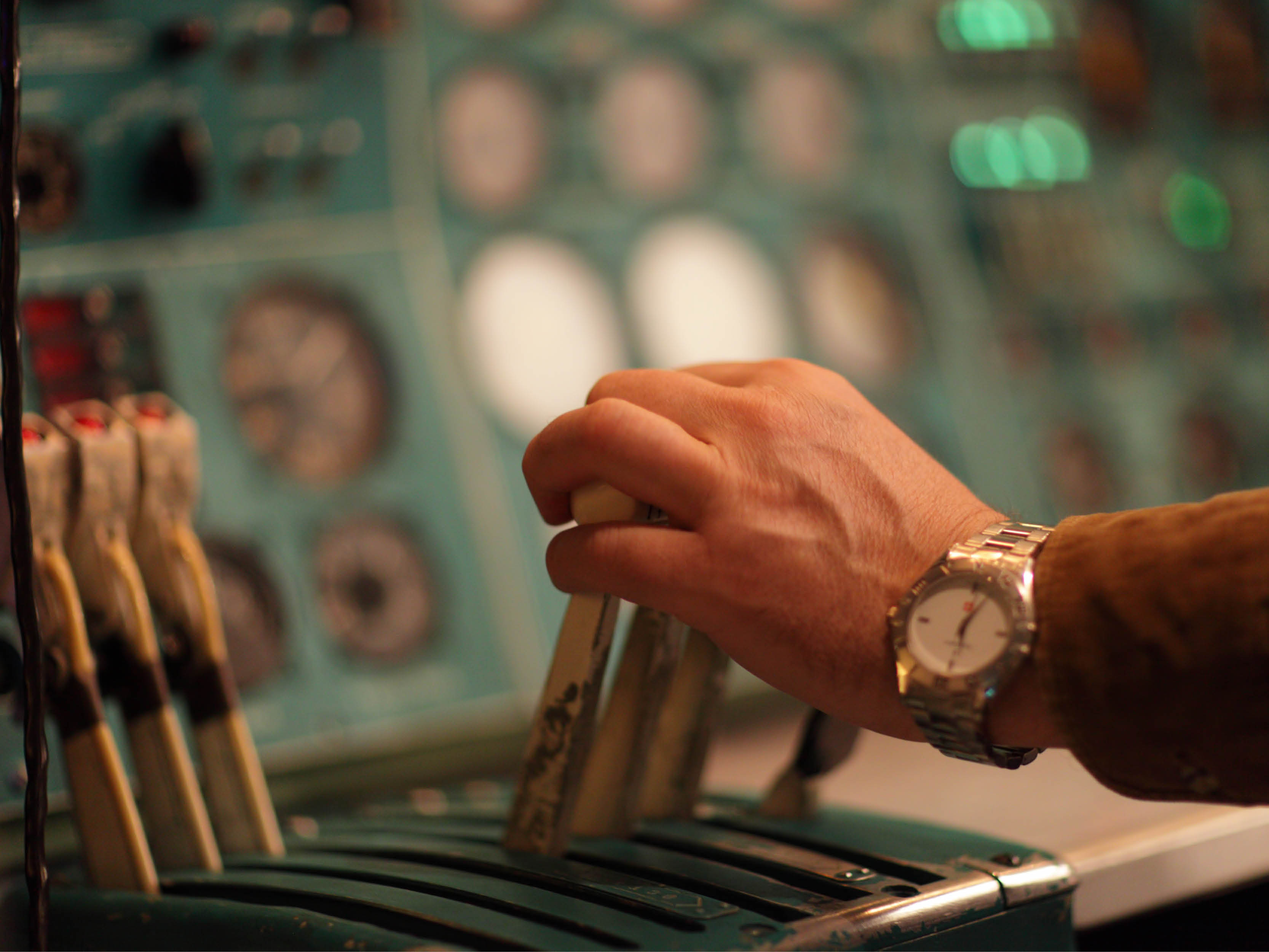
AUGMENTED REALITY ASSISTS PILOT TRAINING
Pilots are now being trained using augmented reality. Through augmented reality, pilots can visualize navigation systems, work with air-traffic control, experience weather, understand rough terrains, and learn airspace information through a 3D overlay. Augmented reality applications help pilots, crew, and other staff members avoid mistakes and make the right decisions that can save lives.
When a pilot is learning to land an aircraft, augmented reality technology can overly a corridor view to show the appropriate path. Because landing and taking off are the riskiest parts of flying, being able to train with an augmented reality simulation is incredibly useful. As an aircraft gets closer to the ground, augmented reality systems can help to address emergencies, guide pilots as to what needs to be done, and help mitigate the risks of takeoffs and landings.
Augmented reality is also helpful during the training for the cruising time of aircrafts. Testing during various situations with relevant information can include a weather change, flight plan alterations, waypoint information, artificial horizons, and terrain details that can be portrayed through augmented reality.
Augmented reality is also emerging as a training tool in the field of maintenance repair and operations for aircraft. Training a technician is a daunting, as well as costly, process. For education in aircraft maintenance, virtual images of actual components are created so that technical staff can experience a real scenario in a safer environment. They take hands-on experience in virtual situations and work in the same way as they would in the actual environment.
Several well-known companies are investing in augmented reality technology. Pratt & Whitney’s customer training division has invested in virtual reality engine maintenance training for airline mechanics and started testing the use of headsets and hand sensor controls that would allow mechanics to virtually walk inside a GTF engine to examine parts and view a running engine in motion. Aero Glass has a headset that pilots can wear and view cockpit control information like altimeter readings, fuel pressure, heading and oil temperature within a display that sits in the glass portion of the headset. Bell Helicopters has been working on a virtual cockpit concept as a stepping stone to a fully autonomous un-piloted vertical-takeoff-and-landing helicopter.
In addition to aviation, the benefits of augmented reality have proved to be game-changing for other industries including military, healthcare, automobile, and others. Soon, augmented reality will become mainstream for businesses to completely transform the way employees train for and perform their jobs.
If you are interested in learning how augmented reality can help train your employees, contact QuantumERA for a customized training solution.
Sources:
9 Companies Using Augmented and Virtual Reality in Aviation
Post a Comment
You must be logged in to post a comment.
